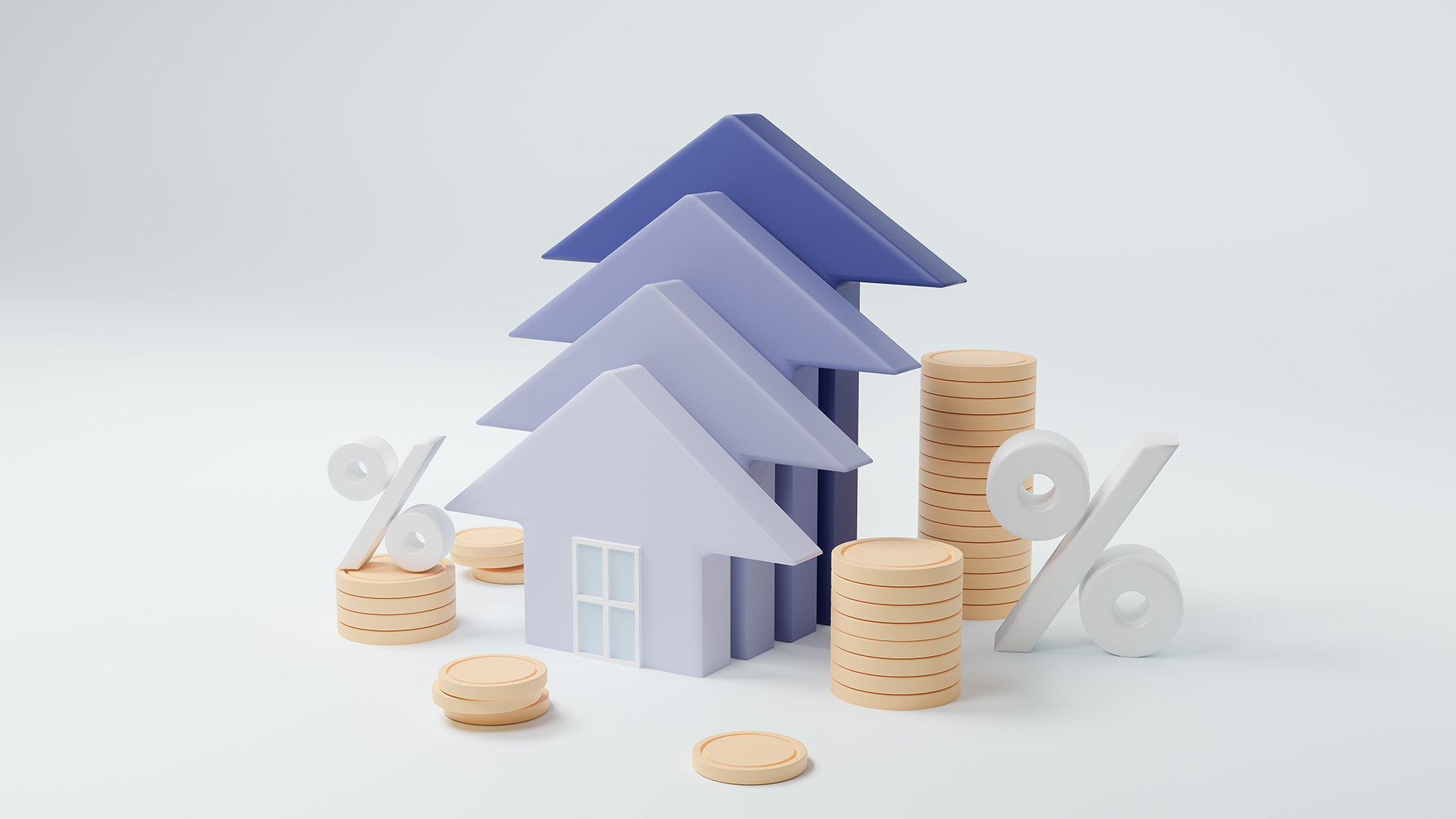The widespread autumnal rains in March and April across much of Eastern Australia helped bump inflation up for the second successive month in April.
But they didn’t do it alone. There was a 7.5% jump in rents as government attempts to help millions of people who don’t own their own homes, again failed.
The Australian Bureau of Statistics said on Wednesday that the monthly Consumer Price Index (CPI) indicator rose 3.6% in the 1-year to April, up from 3.5% in March and 3.4% in February.
April’s reading is now back to the level it was in late 2023, meaning there will be no rate cut until late in the year.
But as the retail sales data for April showed on Tuesday, household spending is now falling sharply in real terms.
Retail sales rose 1.3% in the year to April (which was up from 0.8% in March and made to look stronger by April 2023 and its 0.3% fall dropping out of the comparison), which means, in real terms, the value of retail sales sank 2.3% in the same period.
The ABS said that fruit and vegetable prices "recorded their largest annual rise since April 2023. This reflects unfavorable weather conditions leading to a reduced supply of berries, bananas, and vegetables, such as lettuce and broccoli."
In Wednesday’s release, ABS head of price statistics, Michelle Marquardt, said: “Annual inflation increased to 3.6 percent this month, up from 3.5 percent in March. Inflation has been relatively stable over the past five months, although this is the second month in a row where annual inflation has had a small increase.”
"The most significant contributors to the April annual rise were Housing (+4.9 percent), Food and non-alcoholic beverages (+3.8 percent), Alcohol and tobacco (+6.5 percent), and Transport (+4.2 percent)."
She said that excluding the impact of volatile items such as petrol, “fruit and vegetables, and holiday travel, the monthly indicator was 4.1% in April, unchanged from March.
Over the year, housing rose 4.9%, down from 5.2% in March. Rents increased 7.5% "for the year, reflecting a tight rental market and low vacancy rates across the country.”
"New dwelling prices rose 4.9 percent over the year with builders passing higher costs for labor and materials onto the consumer. Annual price growth for new dwellings has been around 5 percent since August 2023.
"Electricity prices rose 4.2 percent in the 12 months to April. The introduction of the Energy Bill Relief Fund rebates from July 2023 has mostly offset electricity price rises from annual price reviews in July 2023 due to higher wholesale prices.
“Excluding the rebates, Electricity prices would have risen 13.9 percent in the 12 months to April 2024,” Ms. Marquardt said.
Annual inflation for food and non-alcoholic beverages rose to 3.8% in April, up from 3.5% in March. All food categories except Meat and seafood contributed to the annual rise.














